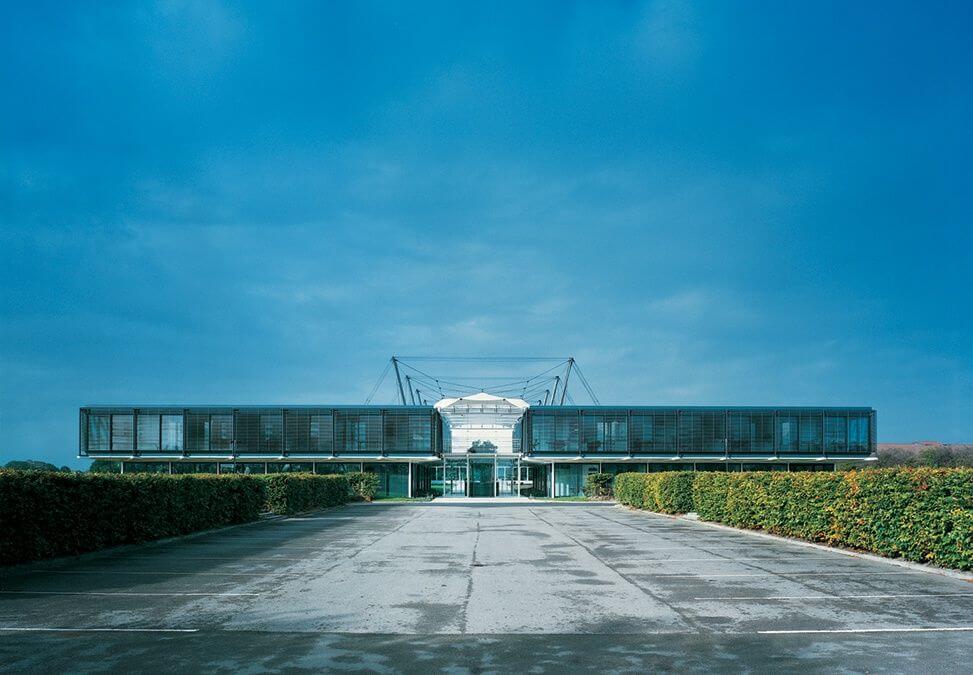Hopkins worked for Frederick Gibberd before entering into partnership with Norman Foster. With Norman Foster, Richard Rogers, Terry Farrell and Nicholas Grimshaw, Hopkins was one of the leading figures in the introduction of high-tech architecture into Britain.
In 1976 Hopkins set up what became Hopkins Architects in partnership with his wife, Patricia, who had ran her own practice. One of their first buildings was their own house in Hampstead, an elegant piece of post-war modernist architecture, largely made from lightweight steel and glass.

Photo: dezeen.com
This innovative building showed the world what could be achieved within the confines of a restricted site and on a modest budget. In this experimental work the architects managed to design a combined home and office space that has stood the test of time and inspired other architects. Hopkins’ house was influenced by the Eames Case Study House of 1949, though their house had added demands because of the multiple uses expected of it and number of occupants.

Early Hopkins Architects’ buildings, such as the Greene King brewery in Bury St Edmunds and the Schlumberger laboratories near Cambridge, used new materials and construction techniques.

The firm challenged conventional architectural wisdom by demonstrating that lightweight steel-and-glass structures could be energy efficient and pioneered the use in Britain of permanent lightweight tensile structures, of which the Mound Stand at Lord’s Cricket Ground is a notable example. His main contribution to the promotion of English architecture is perhaps most visible in his ability to reproduce traditional forms using new building techniques and traditional materials, without getting trapped in the postmodern minefield.

About the Author:

Bruno Dursin – Managing Director at Believe in Steel. Bruno has more than 30 years of experience in promoting steel & steel solutions. His clients benefit from his extensive network within the building industry.



